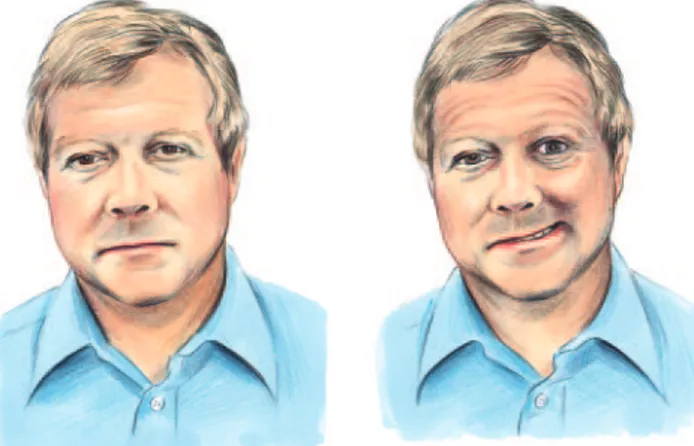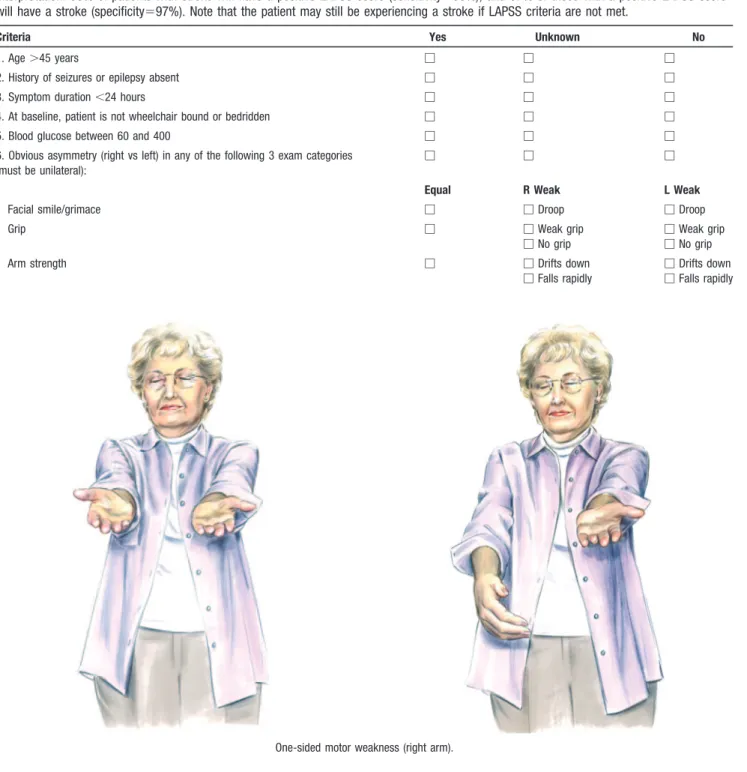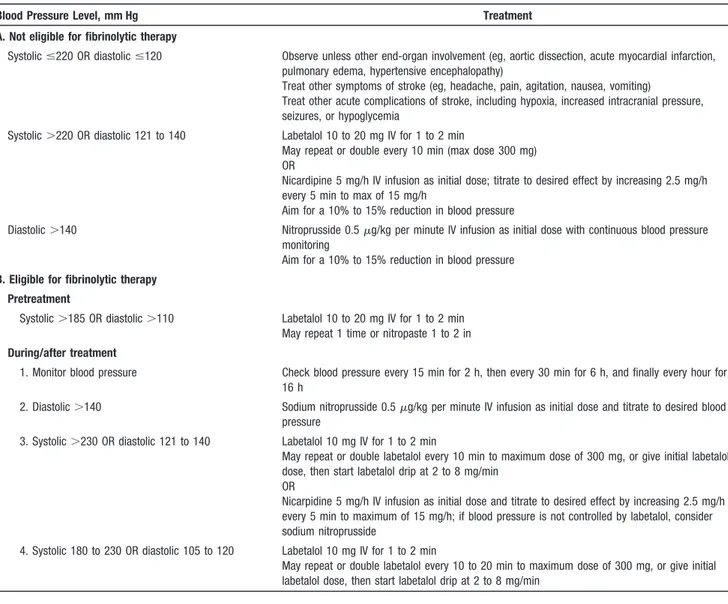Part 9: Adult Stroke http:circ.ahajournals.orgcgicontentfull11224_supplIV-111 located on the World Wide Web at: The online version of this article, along with updated information and services, is
Texto completo
Figure



Documento similar
No obstante, como esta enfermedad afecta a cada persona de manera diferente, no todas las opciones de cuidado y tratamiento pueden ser apropiadas para cada individuo.. La forma
Introduction: The aim of this study was to analyze functional results and range of motion and compare them between three groups of patients with total knee arthroplasty: two
The aim of this study is to analyze bone healing rates, functional results and complications in patients with dis- placed mid-diaphyseal fractures of clavicle treated with
Approximately 25-30% of patients with stroke show signs of visuo-spatial neglect. The aims of this study were: 1) to assess how the time between stroke and the start
An increased risk of acute myocardial infarction and heart failure is observed with all NSAIDs, while an elevated risk of hemorrhagic stroke appears to be restricted to the use
Excellent agreement is observed when spectroscopic parameters obtained at the AE level are compared with the ‘‘best’’ type of AIMP calcula- tions, i.e., when small-core AIMPs
On the other hand, we addressed the role of GRK2 in the heart of adult (9 month) mice or of mice fed with high-fat diet, two conditions known to promote insulin resistance. In
The Knee Injury and Osteoar- thritis Outcome Score (KOOS) questionnaire evaluates the functional status and quality of life (QoL) of patients with any type of knee injury who are